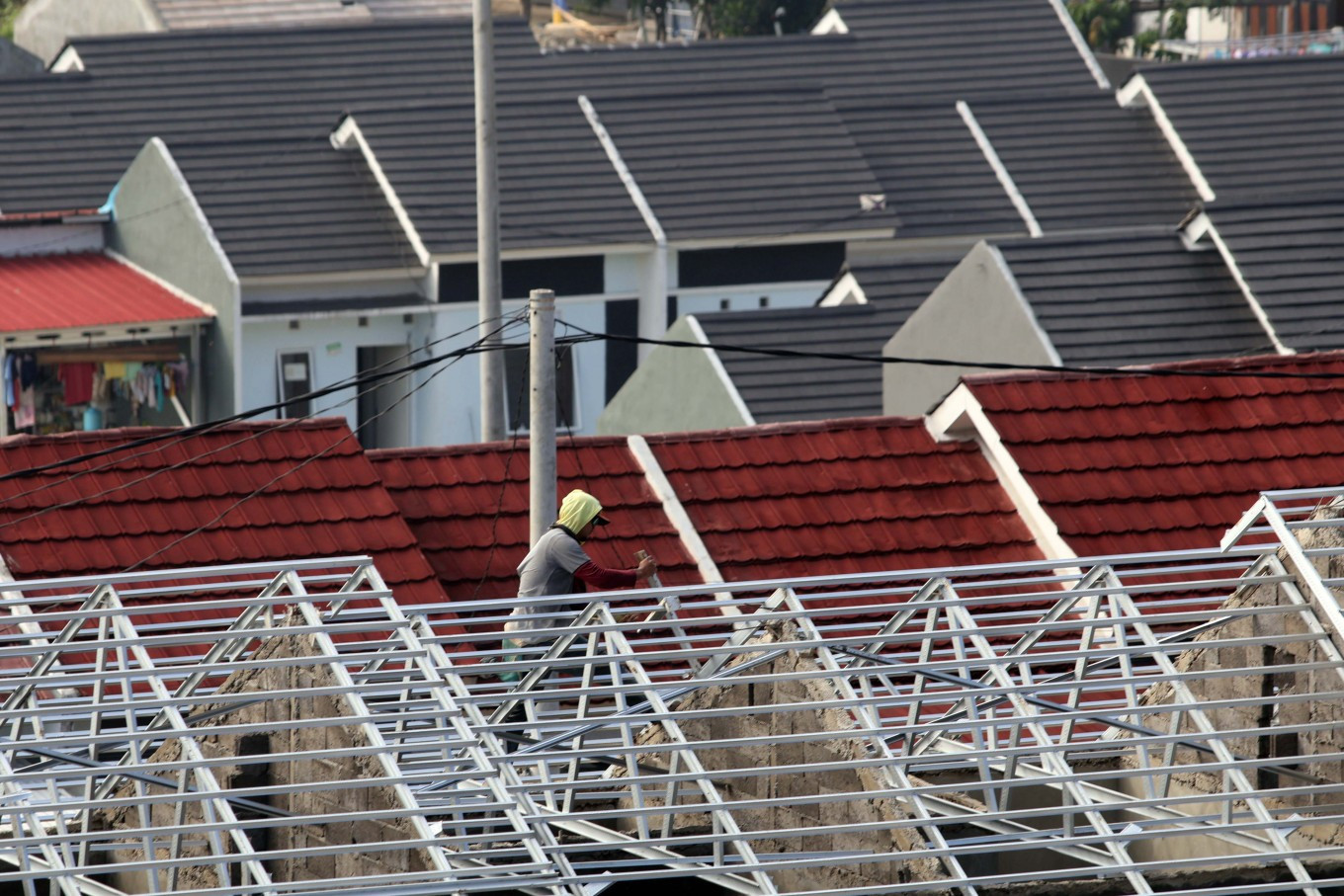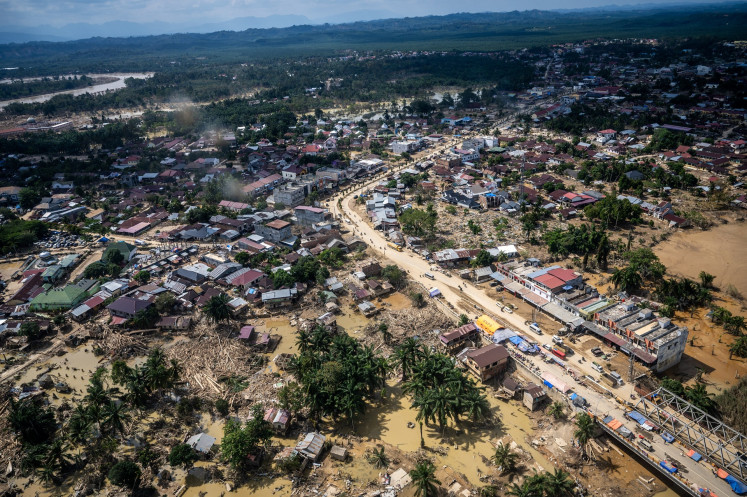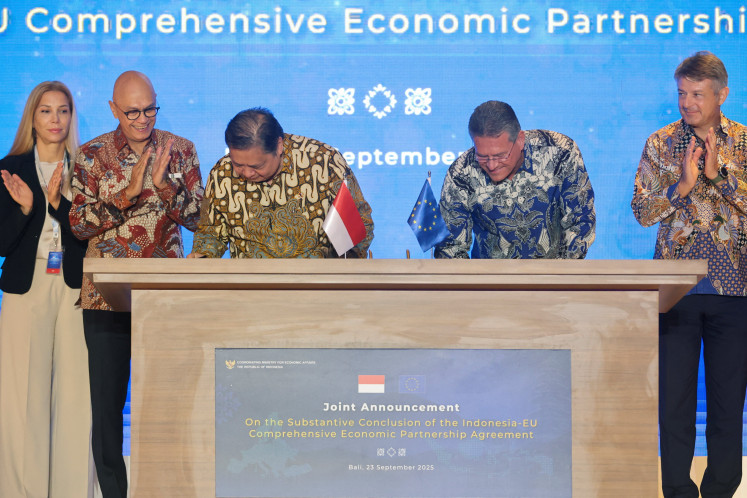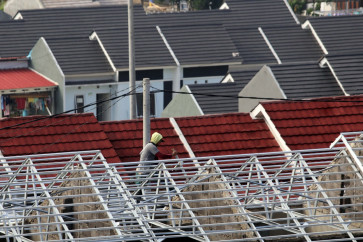Popular Reads
Top Results
Can't find what you're looking for?
View all search resultsPopular Reads
Top Results
Can't find what you're looking for?
View all search resultsAnalysis: ‘3 million homes’ program in limbo after losing PSN status
Change text size
Gift Premium Articles
to Anyone
F
aith in the implementation of President Prabowo Subianto’s flagship “3 million homes” program has waned after it was recently excluded from the list of National Strategic Projects (PSN) as outlined in the Coordinating Economy Minister’s Regulation No. 16/2025. The setback comes following the annulment of the 2016 Public Housing Savings (Tapera) Law, which was expected to serve as a cornerstone of the government’s affordable housing drive by providing a sustainable funding source for the housing finance liquidity facility (FLPP), which provides low-interest mortgages for low-income households (MBR) under a subsidy scheme.
The Constitutional Court’s decision in early October to strike down the Tapera Law has added significant uncertainty to the government’s housing finance framework. The law had served as the legal and institutional foundation for the Tapera Management Board (BP Tapera), the public body tasked with managing both participants’ savings and government-backed housing funds.
The ruling came in response to a long-standing public backlash over Tapera’s mandatory 3 percent salary contribution, which applied to both employees and self-employed workers or business owners. Under the scheme, employees contributed 2.5 percent of their pay while employers covered the remaining 0.5 percent. Many workers viewed the scheme as adding to the already heavy burden of compulsory contributions for health insurance and social security, while businesses criticized it as an additional cost that weighed on operations.
With the law now revoked, questions have emerged over how the government will sustain existing housing finance programs. Under the current setup, the FLPP scheme is funded through a blended financing model that combines 75 percent capital from the state budget (APBN) and 25 percent from Tapera-managed funds. The court’s decision therefore disrupts not only the Tapera program’s savings mechanism but also its long-term role in cofinancing the FLPP, casting doubt on the future sustainability of affordable housing subsidies.
The FLPP’s 2025 mortgage mechanism had been poised as a breakthrough policy, offering an ultralow 1 percent down payment and a 5 percent fixed interest rate for the life of the loan. This was in stark contrast to the base interest rate (SBDK) for mortgage loans, which hovered around 9.09 percent as of February this year, with most banks setting rates between 5.54 and 12.75 percent.
In a move the government touted as proof of its continued commitment to accelerating the 3 million homes program, a mass mortgage signing ceremony dubbed “Akad Massal FLPP” was held at the end of September and attended by President Prabowo. The ceremony highlighted the cooperation between BP Tapera as fund manager and state-owned banks as implementing partners responsible for mortgage distribution. However, the symbolic event was swiftly overshadowed by news that the program had been struck from the PSN list just weeks later, a sequence of developments that sent mixed signals about the administration’s actual priorities.
Unlike social housing initiatives that prioritize affordable rentals, the 3 million homes program was unique in that it was designed to foster ownership among low- and middle-income households. The program’s success therefore hinges on access to concessional mortgage financing, a support mechanism that now stands on shaky ground.


















